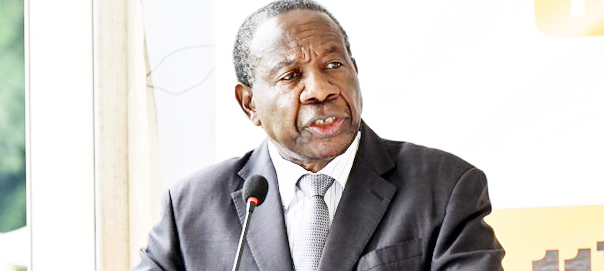KAMPALA: Uganda has experienced significant economic and social improvements over the past years, with notable gains in household income, life expectancy, and overall well-being. According to the Minister of Finance, Planning, and Economic Development Matia Kasaija, Uganda’s per capita income reached USD 1,146 in FY2023/24, surpassing the World Bank’s threshold for lower-middle-income status of USD 1,036. Poverty rates also declined to 20.3% from 21.4% in FY2017/18, while income inequality reduced from 0.565% to 0.527%. The improvements outlined in the budget strategy for the financial year 2025/2026, delivered at Speke Resort and Convention Center, Munyonyo, on September 11, reflect a more equitable distribution of wealth and an improved quality of life.
Human Development and Education Gains
Uganda moved from the Low to Medium Human Development category, driven by “improvements in education, health, and social protection.” The average years of schooling increased to 11 years in FY2021/22, up from 6.1 in FY2017/18, with primary school net enrollment rising to 91 percent. Meanwhile, the primary-to-secondary school transition rate improved to 69.3 percent. These gains highlight advancements in human capital development, essential for future economic growth.
Health and Well-being on the Rise
Access to healthcare has grown significantly, with 65 percent of the population now able to access healthcare services, up from 44 percent. Life expectancy improved to 64 years, and key health indicators, such as infant mortality and maternal mortality rates, saw notable reductions. For instance, the maternal mortality ratio dropped to 189 per 100,000 live births, surpassing the target of 236, while under-five mortality decreased from 64 to 42 per 1,000 live births.
Agriculture and Industrialization Progress
Uganda’s agro-industrialization efforts have resulted in increased food security, with 90 percent of households now food-secure, compared to 60 percent in FY2017/18. Export value for agricultural commodities surged to USD 2.7 billion in FY2022/23 from USD 0.935 billion in FY2020/21. Investments in over 2,263 agro-processing facilities have boosted value addition, though capacity utilization remains a challenge, with 40 percent of these facilities non-functional.
Infrastructure and Environmental Improvements
Rural access to safe water has improved to 91.3 percent, while sanitation coverage has increased to 83 percent. Investments in post-harvest handling and storage have significantly reduced grain losses from 37 percent to 18.2 percent, enhancing food security and productivity.
Overall, Uganda’s continued investments in education, healthcare, agriculture, and industrialization are yielding measurable benefits in the economy, improving livelihoods, and positioning the country for sustained development. However, challenges remain in capacity utilization, particularly in agro-processing, and meeting social protection targets.

